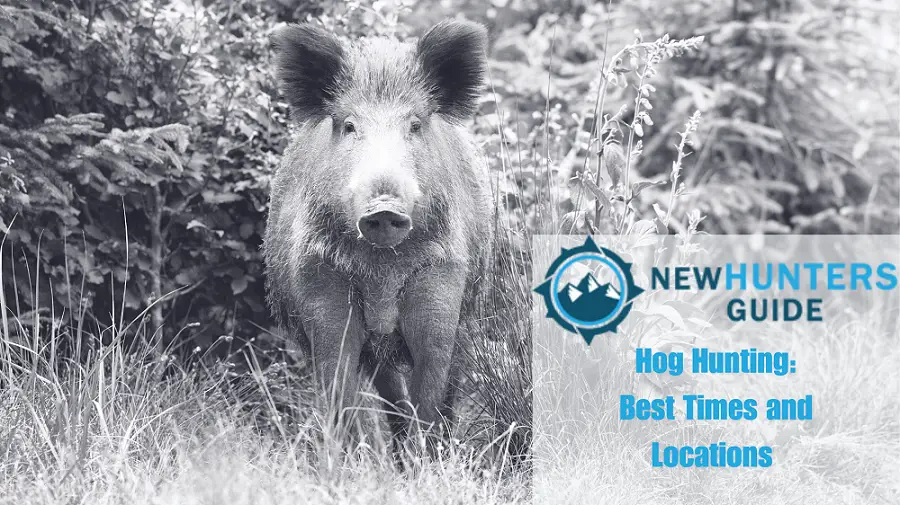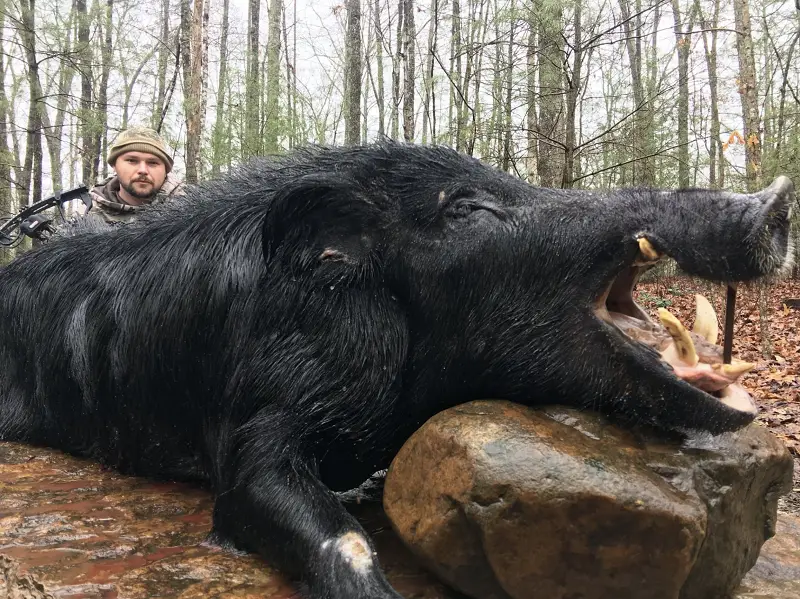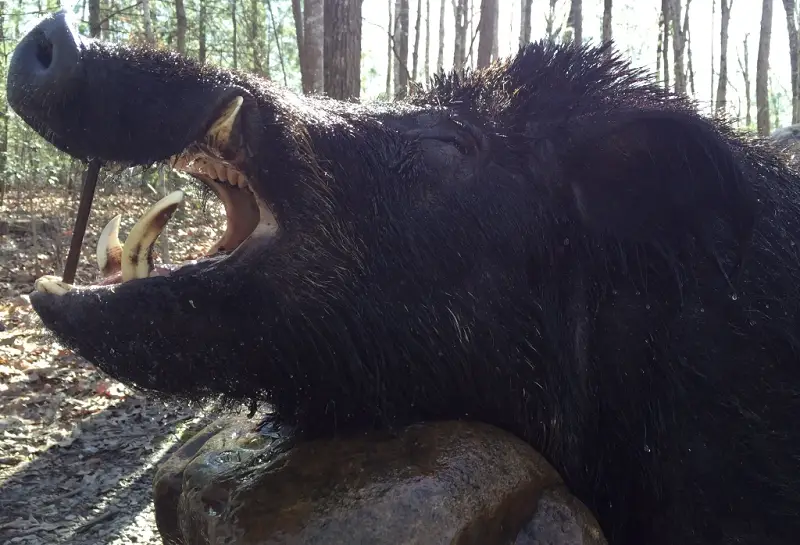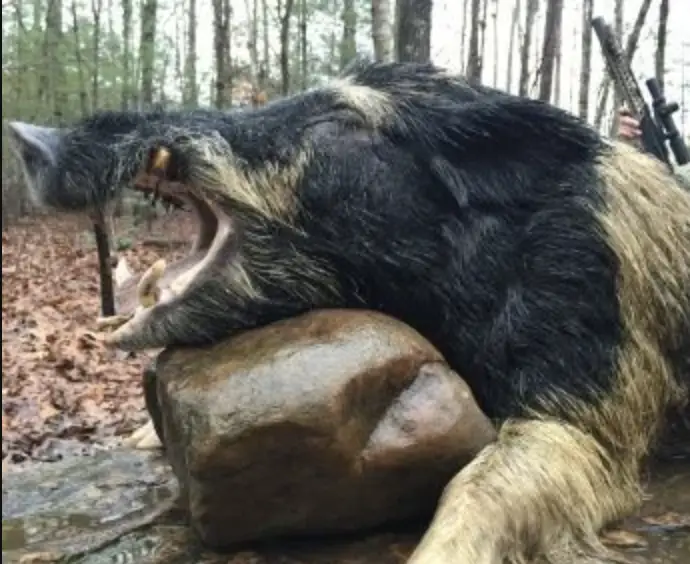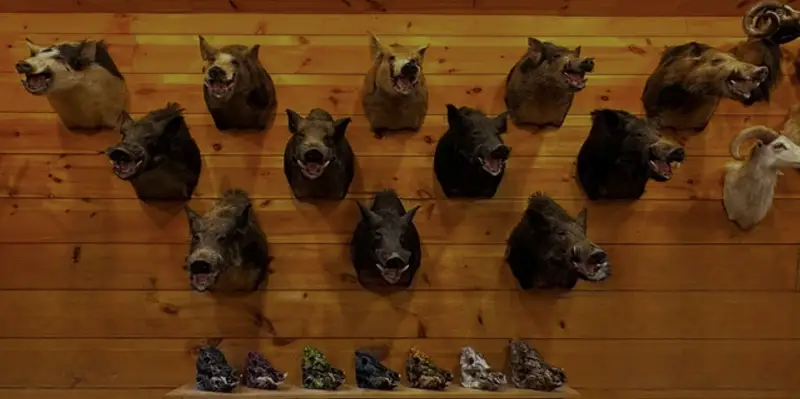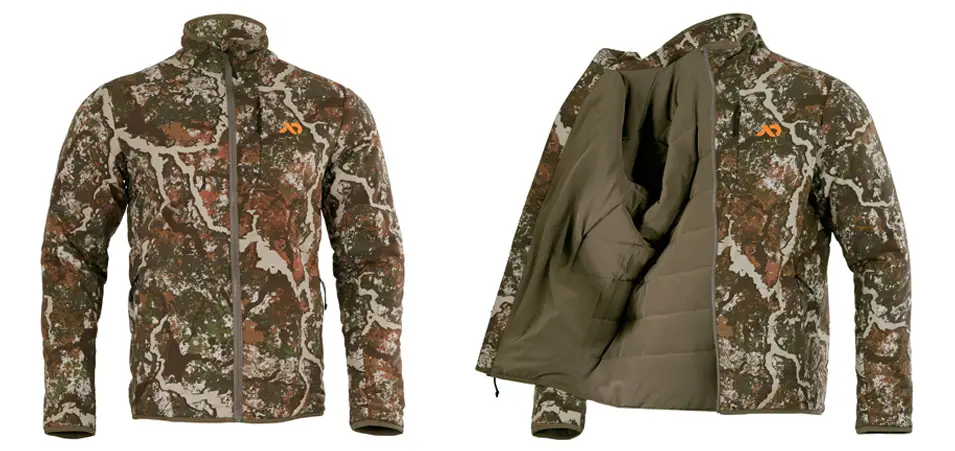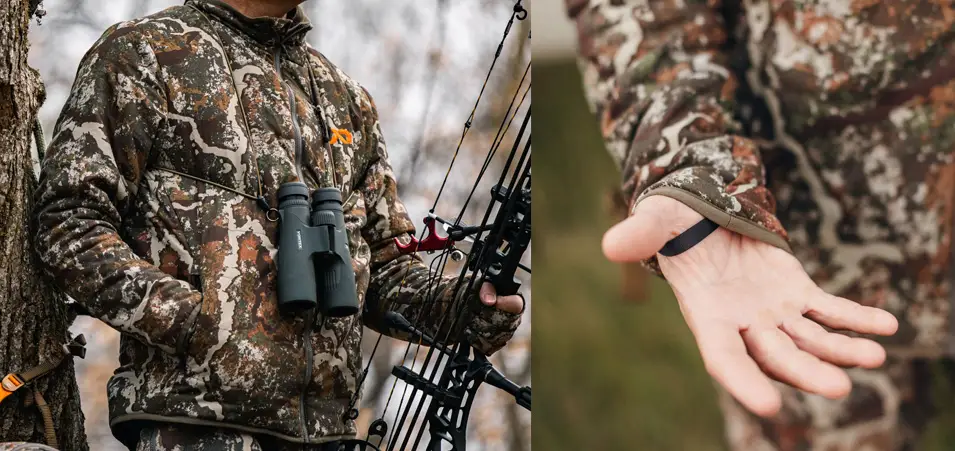This article was sponsored by Primary Arms.
Across the vast majority of ballistic disciplines, the principles of marksmanship remain mostly unchanged. Stable stance, clean trigger press, proper grip, correct sight picture—all of these things, and more, add up to the whole that is a bullseye hit.
Wing shooting, though, is a different beast entirely. Even in action shooting sports such as USPSA, IDPA, or 3-Gun, competitors will typically pause for the briefest fraction of a second upon acquiring their sight picture, deliver their shots, and then quickly swing to the next target. But when the target is a bird in flight, the equation changes.
Everything is in motion. Your shotgun, the bird itself, the pellets you’ll send after it when you pull the trigger–everything is moving, and there will be no pause until after you’ve fired and the bird is either hit or not.
Perhaps it is for this reason that while red dots have slowly come to dominate nearly every other shooting sport and discipline, they remain a rare sight on hunting shotguns.
Below, we’ll pull back the curtain and take a real look at the potential value red dot sights can offer fowl hunters.
The Basics of Red Dot/Reflex Sights
ed dot and reflex sights are similar, but distinct, categories of optical sights that are often conflated. Despite the fact that red dots are technically a subset of reflex sights, the term is often used (erroneously) as a catch-all for nearly any battery-powered, unmagnified optic.
Reflex sights are in essence any optic that superimposes an illuminated reticle in the same focal plane as the target. This can be accomplished in a number of ways—some of the earliest reflex sights were occluded, meaning that you didn’t look through them, but rather into them with one eye and at the target with the other, allowing your brain to overlap the images to create an aiming point.
Modern reflex sights primarily come in two varieties: red dot sights, which use a simple LED to project a dot (it doesn’t have to be red) on a glass lens, and holographic sights, which use a system of lasers and mirrors to accomplish roughly the same thing, but with a more collimated profile that can be advantageous for those with astigmatism.
As such, all red dots are a form of reflex sight, but not all reflex sights are red dots.
The Benefits of a Red Dot/Reflex Sight
The primary draw of red dot sights has always been their simplicity. Unlike most traditional sighting systems, they don’t require multiple points of focus. There’s no aligning of a front and rear sight, only a single floating red dot within the sight window. When properly zeroed, the red dot is always covering the projected point of impact at the zero distance.
Scopes come with a similar efficiency of operation, but red dots do not suffer from the drawbacks of magnification, parallax, or eye relief. They offer nearly unlimited eye relief and head position, making them ideal for any pursuit that makes finding a perfect cheekweld challenging.
The simplicity of their operation also makes them fast, as does the eye-drawing nature of a glowing ball of crimson light. Despite the speed they offer, they give up little or nothing in terms of precision; dots as small as one MOA are common, which is narrower than all but the slimmest front sight posts, allowing for a very precise target picture.
Reflex sights are also self-illuminating; they emit their own light, making them an ideal choice for low-light environments where it may be hard to make out your iron sights, or for use against dark targets that tend to blend with traditional irons.
Perhaps the most compelling argument in favor of reflex sights is their target-focused nature. With most traditional sights, the point of focus for proper use is on the front sight. Red dots, though, are properly used by focusing on the target itself, looking through the red dot and not at it. This allows the user to remain focused on the target at all times–a substantial boon for defensive use, or for engaging game animals on the move.
Red Dots and Wing Shooting
Unlike most types of marksmanship, though, wing shooting has some peculiarities that make the advantages of a red dot somewhat questionable.
The traditional and most common sight setup for a bird-hunting shotgun is a simple brass bead front sight. Fiber optics are common as well, but brass beads remain the reigning king, and likely will for some time.
Unlike most types of iron sights, brass beads are not typically the primary point of focus during wing shooting. Instead, the user’s focus remains on the bird, just as with a red dot sight, with the bead acting more as a point of reference just outside the user’s focus, rather than a point of aim. The bead serves to help the user attain a consistent head position and maintain alignment with the shotgun.
Hitting a bird on the wing is quite unlike most other types of shooting. There are few known variables and quite a few unknown ones. You won’t know your exact distance to the bird, or its precise speed. Lacking these, even if you have your shotgun’s muzzle velocity and ballistic drop pattern memorized, it’s impossible to calculate how much you’ll need to lead the bird in time to make a successful shot, so leave the ballistic calculator at home.
Because of this, wing shooting has as much in common with throwing a ball at a soda can as it does with other forms of marksmanship. When you throw a ball, you don’t calculate the distance to the ball, or the speed of your shoulder, or the angle of your elbow. You just throw, and if you’ve done it enough times, sooner or later you get good enough to hit more times than you miss. Your brain learns to do all those calculations in the background, and you throw based on instinct and muscle memory.
Wing shooting, similarly, is a soft skill built by practice and experience. Over time, you learn how to lead, how to swing, and when to pull the trigger.
As such, the value of a red dot for wing shooting compared to other types of hunting and sport shooting is significantly diminished. A good sight picture has value, but not nearly so much as in, say, target shooting. Similarly, since all wing shooting is essentially target-focused, that aspect of red dots has little to offer over a brass bead, although some users may find it easier to index their alignment and position based on a red dot in the same focal plane as their target as opposed to a brass bead.
But this does not mean that a red dot has nothing to offer. In the context of wing shooting, its greatest asset may be its self-illumination. Red dot sights are always bright and contrast highly against nearly everything in nature. While brass beads are bright, contrasted, and easy to find in strong sunlight, they can get lost against a dark background (or dark feathers) when the weather is overcast or you’re standing in shadows. As such, red dots over greater versatility to inclement weather or other unfavorable conditions.
Lastly, though a somewhat niche scenario, a red dot can be an effective remedy to a poorly fitted firearm. When using a new, backup, or borrowed shotgun, you may be unfamiliar with its ergonomics, or, in the case of a borrowed firearm, unable to adequately adjust it to fit. While these cases would be a major detriment to accuracy using traditional aiming methods, with a red dot, they can often be alleviated by simply adjusting the zero.
Take, for instance, a shotgun with which the user is consistently pulling to the right due to an improperly fitted stock. With traditional sighting methods, the hunter would have to remember to hold off the target in order to land a hit, adding an additional complication to an already challenging task. With a red dot, though, that same hunter can simply adjust their zero to match and carry on as normal.
However, in discussing all these advantages, it’s important to keep in mind the limitations of reflex sights as well.
The primary one is battery life. Brass beads never run out of electricity. They don’t have any glass lenses that can crack, or fog, or become fouled by water or mud–all of which can happen to a red dot. While simple in construction and primitive in design, brass beads remain a functional and utterly reliable choice.
Additionally, brass beads are subject to no regulation, but the same cannot be said for red dots. Multiple jurisdictions restrict the use of electronic sights for fowl hunting, so be sure to check your local laws thoroughly before installing one on your shotgun.
Red Dots for Turkey Hunting
While not technically wing shooting, enough hunters use their shotgun for both waterfowl and game birds like turkeys that we would be remiss if we didn’t cover the use of red dots for these birds, too.
Hunting turkeys doesn’t generally involve any wing shooting; typically, these birds are engaged while they are on the ground, ideally when they are stationary or slow-moving and unaware of the hunter’s presence. As such, the style of shooting is substantially different from taking a bird out of the air.
Turkey hunting requires a more traditional shooting process. You line up your shot, assume a stable stance, and acquire an appropriate sight picture. The last part is where a red dot comes in handy, for the same reasons as it does with competition shooting, tactical use, and any other application. It’s faster and simpler, which in the field translates into less time for the target bird to move behind cover or otherwise throw off your opportunity.
The simplicity of red dots also serves to shorten the training time needed to achieve proficiency, making them an excellent option for new hunters. Because less time needs to be allocated to learning to acquire a proper sight picture, more can be spent on stance, grip, trigger press, etc.
The aforementioned benefits of self-illumination apply here as well; red dots contrast beautifully against the shades of green and brown you’ll find in the forest, and never suffer from the presence of shadows.
Choosing a Red Dot for Wing Shooting
By and large, choosing a red dot for wing shooting involves the same considerations as buying one for any other firearm. You’ll need to determine your budget, research the models available from reputable brands, decide what features you need, how much ruggedization, and so on. But for wing shooting, there are a few unique considerations.
Chief among them is field of view. To engage a target like a bird on the move, you’ll want the clearest picture of it possible. Determining the appropriate lead is a challenging enough task in its own right—doing so while the bird keeps slipping outside your dot’s field of view or being obscured by the housing can be downright frustrating.
For this reason, you’ll want to pick either an optic with a very large field of view, such as an EOTECH holographic sight, or an optic with a very small housing that won’t fully obscure your target at normal engagement distances, such as a Trijicon RMR.
Of the two, mini reflex sights such as the RMR and other similar red dots seem to be the more popular for wing shooting. Their tiny footprint and vanishingly small housing make them easy to add to a shotgun without significantly changing its weight or handling.
These mini red dots also tend to be the most similar in method of use to a traditional bead sight, requiring only a minor adjustment to head position and sight picture, whereas a larger sight like an EOTECH might require more retraining.
However, most mini red dots feature open emitter designs, which is part of what allows them to have such a tiny, unobtrusive housing—but also creates a greater potential for fouling from mud or water. Because the space between the lens and emitter is open to the elements, it’s possible for mud or other debris to enter that space, which can be hard to clean adequately in the field.
For this reason, micro red dots like the Aimpoint T2 and its analogs are also popular among hunters, serving as a sort of middle ground between big, wide-field-of-view sights like EOTECH and tiny RMRs. No sight is immune to being covered in mud, but with an enclosed emitter design like that of the T2, clearing that mud is as simple as wiping the lenses with your thumb.
Conclusion
For most of the firearms world, red dots are the future. They are rapidly becoming ubiquitous on rifles, pistols, and just about anything that goes “bang” when you pull the trigger. When it comes to wing shooting, though, there is a case to be made for the traditional brass bead.
Still, red dots are not without their benefits, even for a pursuit as soft-skill-focused as wing shooting. The bright, high-contrast dot can be a real boon in less favorable lighting conditions, and the simplicity of their operation makes them an excellent choice for new hunters.
This article was written and imagery provided by the kind folks at Primary Arms. Check them out for your optics and firearms needs!

